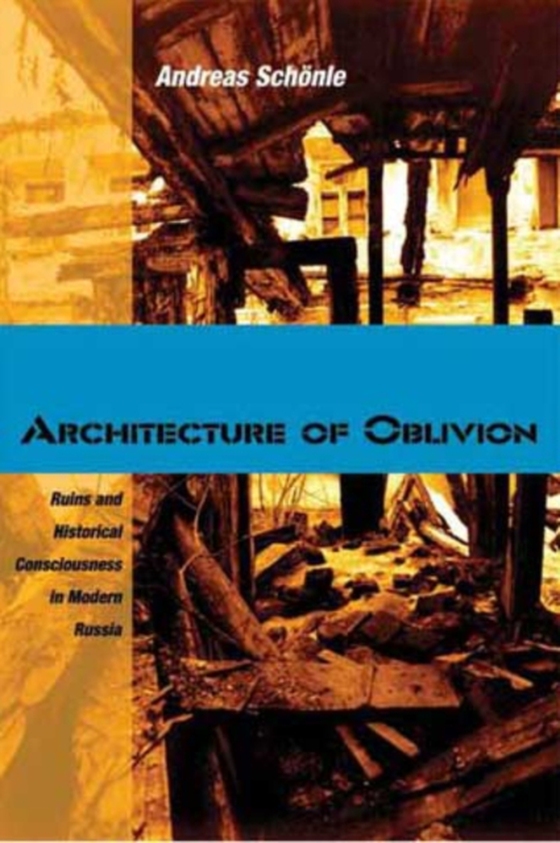
Architecture of Oblivion e-bog
1386,89 DKK
(inkl. moms 1733,61 DKK)
Despite attempts to promote the aesthetics of ruins in Russia-from Catherine the Great's construction of fake ruins in imperial parks to Josef Brodsky's elegiac meditations-ruins have never achieved the status they enjoy in Western Europe. While the Soviet Union was notorious for leveling churches, post-Soviet Russia has only intensified the practice of massive destruction and reconstruction. A...
E-bog
1386,89 DKK
Udgivet
1 juni 2011
Længde
295 sider
Genrer
History of art
Sprog
English
Format
pdf
Beskyttelse
LCP
ISBN
9781501756771
Despite attempts to promote the aesthetics of ruins in Russia-from Catherine the Great's construction of fake ruins in imperial parks to Josef Brodsky's elegiac meditations-ruins have never achieved the status they enjoy in Western Europe. While the Soviet Union was notorious for leveling churches, post-Soviet Russia has only intensified the practice of massive destruction and reconstruction. Architecture of Oblivion examines the role of ruins in the development of Russia's historical consciousness from the eighteenth century to the present. Investigating the meaning and functions ruins have acquired in Russian culture, Schonle looks at ideological reasons for the current disregard for the value of ruins and historical buildings, in particular by political authorities, and reveals how ruins have often become a site of resistance to official ideology and an invitation to map out alternative visions of history and of statehood. An interdisciplinary study of Russia's response to ruins has never been attempted, although the topic of ruins has garnered considerable interest in Western Europe and in the U.S. This original work from a leading authority on the subject will appeal to historians of Russian culture and thought, literature and art scholars, and general readers interested in ruins.
 Dansk
Dansk

